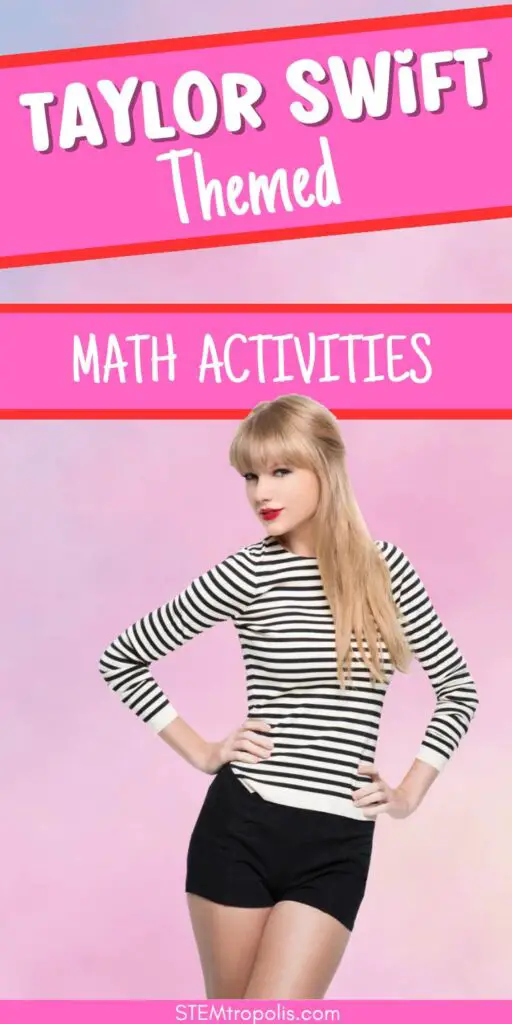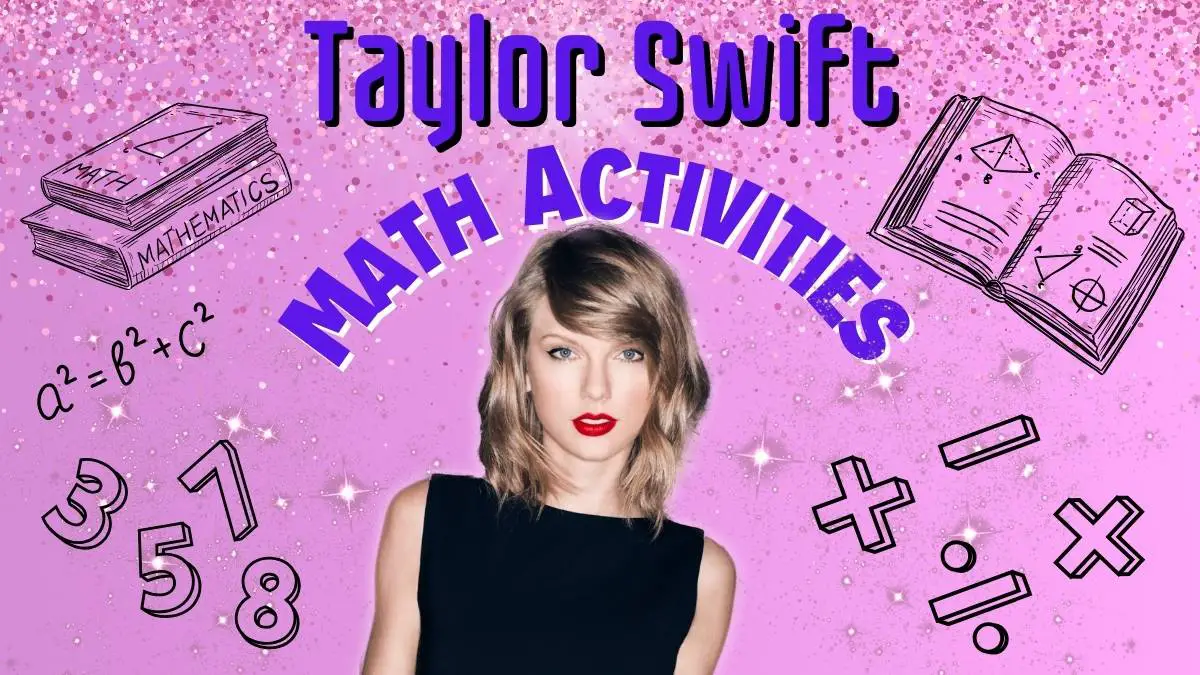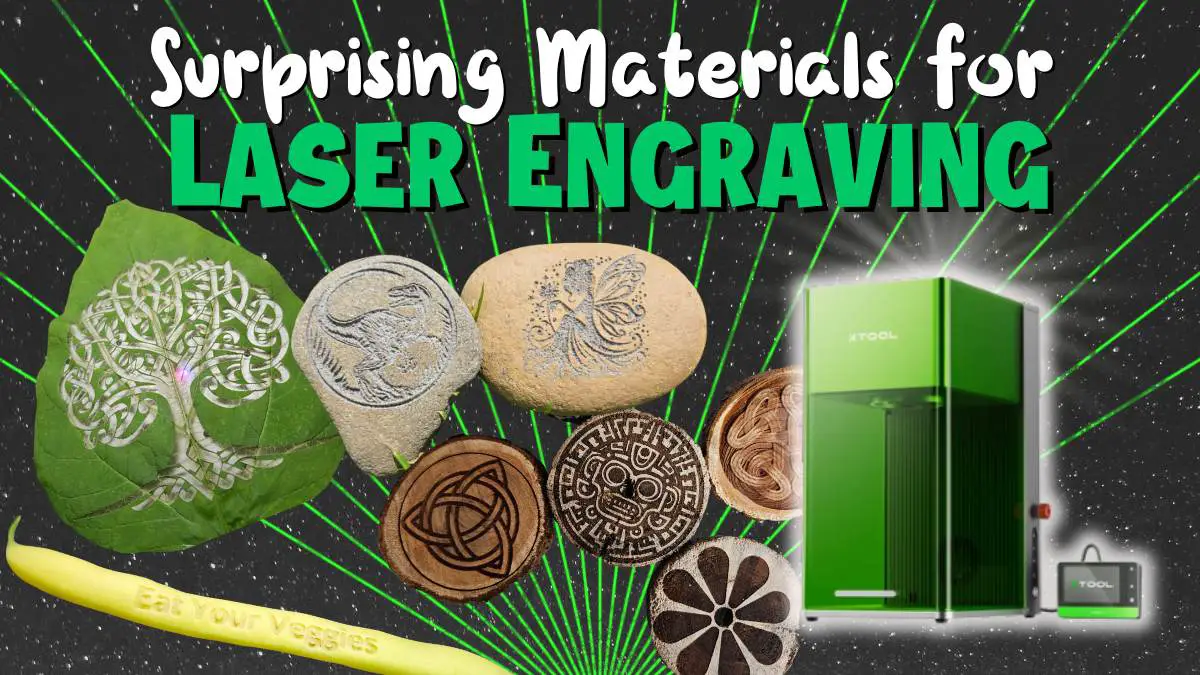What if I told you that hidden beneath the catchy choruses and powerful lyrics of Taylor Swift’s biggest hits is a secret: math? Yes, you heard that right—math plays a huge role in the music you love!
From counting beats to understanding patterns, every note, rhythm, and melody is full of numbers just waiting to be discovered.
Join us as we unlock the mysteries behind Taylor Swift’s music and show how math makes it all possible. Ready to shake off any math fears and see how numbers can rock your world? Let’s explore!
Rhythm and Counting – Finding the Beat in Taylor Swift’s Songs
Song: “You Belong with Me” and “Closure”
Explanation: “You Belong with Me” has a steady beat that kids can easily count and follow. The song’s catchy rhythm makes it ideal for learning how to count beats and understand musical time signatures. “Closure” is one of the few Taylor Swift songs not in 4/4 time signature and has a very different feel.
Objective: Understand how beats and rhythm in music relate to counting and basic fractions.
Materials: Taylor Swift songs (“You Belong with Me” and “Closure”), metronome, clapping hands, or stomping feet.
Steps:
- Play “You Belong with Me” and have kids clap or tap their feet to the beat.
- Explain how the song is in 4/4 time, meaning there are 4 beats per measure.
- Count the beats aloud with the kids and explain how musicians use fractions to divide beats (whole notes, half notes, quarter notes).
- Play “Closure” and ask kids to clap or tap along, counting “1-2-3-4-5” for each measure. It may feel a bit awkward at first, but 5/4 just has an “extra” beat before coming around.
- Explain that this 5/4 time signature differs from more common time signatures like 4/4, which has 4 beats per measure.
- Compare how the odd meter rhythm feels more irregular and complex compared to a standard 4/4 pop song.
Math Concept: This activity demonstrates how musicians use fractions and division to create rhythm patterns, helping kids understand time signatures and counting in music.
Using a song in 5/4 introduces kids to the concept of irregular time signatures. Counting to 5 instead of 4 in each measure helps them understand how fractions and numbers apply to different musical structures and create unique rhythmic feels.
Tempo and Speed – How Fast is Taylor’s Music?
Song: “Blank Space”
Explanation: Tempo, or the speed of a song, is measured in beats per minute (BPM). Using “Blank Space” as an example, kids can calculate the tempo and compare it to other Taylor Swift songs to understand how math influences the energy of a song.
Objective: Teach kids how to calculate and compare the tempo of songs using beats per minute (BPM).
Materials: Stopwatch, notebook, Taylor Swift songs (“Blank Space”), metronome app (optional).
Steps:
- Play “Blank Space” and use a stopwatch to count the number of beats in 15 seconds.
- Multiply that number by 4 to calculate the beats per minute (BPM). (There are for 15 second segments in each minute.)
- Repeat with other songs (e.g., “Shake It Off” or “You Need to Calm Down”) and compare their tempos.
- Discuss how fast tempos (higher numbers) and slow tempos (lower numbers) affect the feel of the song.
- Find the tempos of several songs and make a greater than less than exercise. <>
Math Concept: This activity teaches kids about multiplication and proportions while they’re enjoying moving to the beat. By multiplying beats in a short time frame, they calculate how fast a song is played, showing how math helps control the feel and energy of music.
Hint – Blank Space has a tempo of about 96 BPM.
Song Duration – Time and Multiplication
Song: “All Too Well (10 Minute Version)” – or the playlist of your choice
Explanation: “All Too Well (10 Minute Version)” is one of Taylor’s longest songs, making it a great example for time calculations. The kids can calculate how much of their playlist is taken up by this song and compare its duration to other songs.
Note: All Too Well (10 Minute Version) runtime is 10 minutes and 13 seconds, which will factor into the calculations.
Objective: Calculate the total length of a Taylor Swift playlist and practice multiplication.
Materials: List of Taylor Swift songs, stopwatch, calculator.
Steps:
- Use “All Too Well (10 Minute Version)” as an example of song duration and ask kids to list several other songs and their durations.
- Have them add the times of the songs together to calculate the total time of the playlist.
- Ask them to calculate how many times they can listen to the playlist in an hour.
- For an extra challenge, task your kids with seeing how many Taylor Swift songs they can fit into a one hour playlist!
Math Concept: This activity reinforces addition and multiplication using time as a measurable unit, helping kids practice converting minutes to hours and calculating time intervals.
Patterns in Lyrics – Identifying Repetition and Sequences
Song: “Love Story”
Explanation: In “Love Story,” the chorus repeats multiple times, making it an ideal example of patterns and sequences. Kids can identify repeating sections of the song and relate that to sequences in math.
Objective: Identify repeating patterns and sequences in Taylor Swift’s lyrics.
Materials: Printouts of “Love Story” lyrics, highlighters.
Steps:
- Give the kids a printed copy of the lyrics to “Love Story.”
- Ask them to highlight every time the chorus repeats or when phrases like “Romeo” and “Juliet” appear.
- Discuss how these repeating patterns are similar to mathematical sequences, like numbers or shapes that follow a predictable order.
Math Concept: Patterns and sequences are key mathematical concepts. This activity helps kids recognize repetition and predictability, similar to identifying sequences of numbers or shapes in math.
Album Sales and Statistics – A Look at Taylor’s Numbers
Song: “Shake It Off”
Explanation: “Shake It Off” is one of Taylor Swift’s biggest hits, making it an ideal song to analyze for album sales. Kids can use data about how many copies of 1989 (and other albums) were sold to practice statistics.
Objective: Analyze Taylor Swift’s album sales and use basic statistics to compare data.
Materials: Chart of album sales, calculator.
Steps:
- Present the kids with sales data for several of Taylor Swift’s albums, including 1989, which features “Shake It Off.”
- Have them calculate the mean, median, and mode of her album sales.
- Ask them to create a bar graph or pie chart to visualize the data.
Math Concept: This activity introduces basic statistics like mean, median, and mode, and helps kids learn to analyze and visualize numerical data.
Taylor’s Tour Travels – Calculating Distance and Time
Song: “Long Live”
Explanation: “Long Live” celebrates Taylor Swift’s experiences with her fans and on tour, making it a fitting song for this activity about tour travel. Kids can calculate the distances between cities where Taylor performs and estimate travel times.
Objective: Calculate the distance Taylor travels on a world tour and estimate travel times.
Materials: Map, list of concert locations, ruler, calculator.

Steps:
- Choose a few cities from Taylor Swift’s tour (e.g., Los Angeles, New York, London).
- Have kids measure the distance between cities using a map and ruler or an online calculator.
- Ask them to calculate how long it would take to travel by plane, car, or walking.
Math Concept: This activity reinforces the concepts of distance, speed, and time, helping kids practice real-world math skills related to geography and travel.
To get you started, we’ve taken the first 12 stops on the Eras tour and calculated the distance and estimate of drive time and flight time between tour destinations. (Flight time assumes average cruising speed for a commercial plane or private jet, which is typically around 500 miles per hour.)
| Route | Distance (miles) | Drive Time (hours) | Flight Time (hours) |
|---|---|---|---|
| Glendale to Las Vegas | 247.1 | 4.1 | 0.5 |
| Las Vegas to Arlington | 1054.8 | 17.6 | 2.1 |
| Arlington to Tampa | 934.3 | 15.6 | 1.9 |
| Tampa to Houston | 792.3 | 13.2 | 1.6 |
| Houston, TX to Atlanta, GA | 702 | 11.7 | 1.4 |
| Atlanta, GA to Nashville, TN | 214.8 | 3.6 | 0.4 |
| Nashville, TN to Philadelphia, PA | 684.6 | 11.4 | 1.4 |
| Philadelphia, PA to East Rutherford, NJ | 83.9 | 1.4 | 0.2 |
| East Rutherford, NJ to Chicago, IL | 708.1 | 11.8 | 1.4 |
| Chicago, IL to Detroit, MI | 237.6 | 4 | 0.5 |
| Detroit, MI to Pittsburgh, PA | 205.3 | 3.4 | 0.4 |
| Pittsburgh, PA to Minneapolis, MN | 743.3 | 12.4 | 1.5 |
| Total | 6608.1 | 172.5 | 13.3 |
Album Release Dates – Creating a Timeline
Song: “The Best Day”
Explanation: “The Best Day” is a nostalgic song about Taylor’s memories growing up, making it a fitting choice for this timeline activity. Kids can create a timeline of Taylor’s albums, reflecting on how her music has evolved over time.
Objective: Organize Taylor Swift’s album releases chronologically and practice addition and subtraction of dates.
Materials: List of Taylor Swift’s albums with release years, blank timeline.
Steps:
- Provide kids with the release years of Taylor Swift’s albums (e.g., Fearless in 2008, Red in 2012, etc.).
- Have them plot the albums on a timeline.
- Ask them to calculate how many years passed between each album release and see if there are any patterns.
Math Concept: This activity reinforces addition and subtraction of years, helping kids understand timelines and time intervals, while also relating to history and sequencing.
Album Release Intervals – Exploring Time Gaps
Math Concept: This activity reinforces subtraction and helps kids practice working with dates and time intervals. It introduces the concept of timeline math, allowing kids to visualize time gaps between events.
Song: “1989” and “Lover” (or choose your favorites)
Explanation: Taylor Swift has released many albums over the years. By calculating the time gaps between albums, kids can see how often Taylor releases new music and identify any patterns or intervals.
Objective: Teach kids how to calculate time gaps between album releases using subtraction.
Materials: List of Taylor Swift’s album release dates, paper, calculator.
Steps:
Write down the release years for Taylor’s albums (e.g., Fearless in 2008, 1989 in 2014, Lover in 2019).
Subtract the release years of consecutive albums to find the time gaps between them. If you created a timeline in the exercise above, this can help visualize the years between albums.
Discuss any patterns or changes in how frequently she releases music.
We know Taylor Swift is a hard act to follow, but check out these other ways to make math fun!

Wrap Up – Teaching Math Concepts with Taylor Swift
Who knew that math could be hiding in every beat, rhythm, and melody of Taylor Swift’s songs? From counting along with the beat to discovering math in the music business and touring, we’ve seen how numbers play a starring role in the music we love.
By exploring everything from fractions in time signatures to data in album sales, we’ve learned that math is more than just numbers on a page—it’s woven into the sounds and rhythms that inspire us.
Next time you’re singing along to your favorite Taylor Swift track, remember: you’re not just a music fan, you’re also a math whiz in the making! Keep counting, keep learning, and, as Taylor might say, shake off any doubts—because math and music truly go hand in hand.




